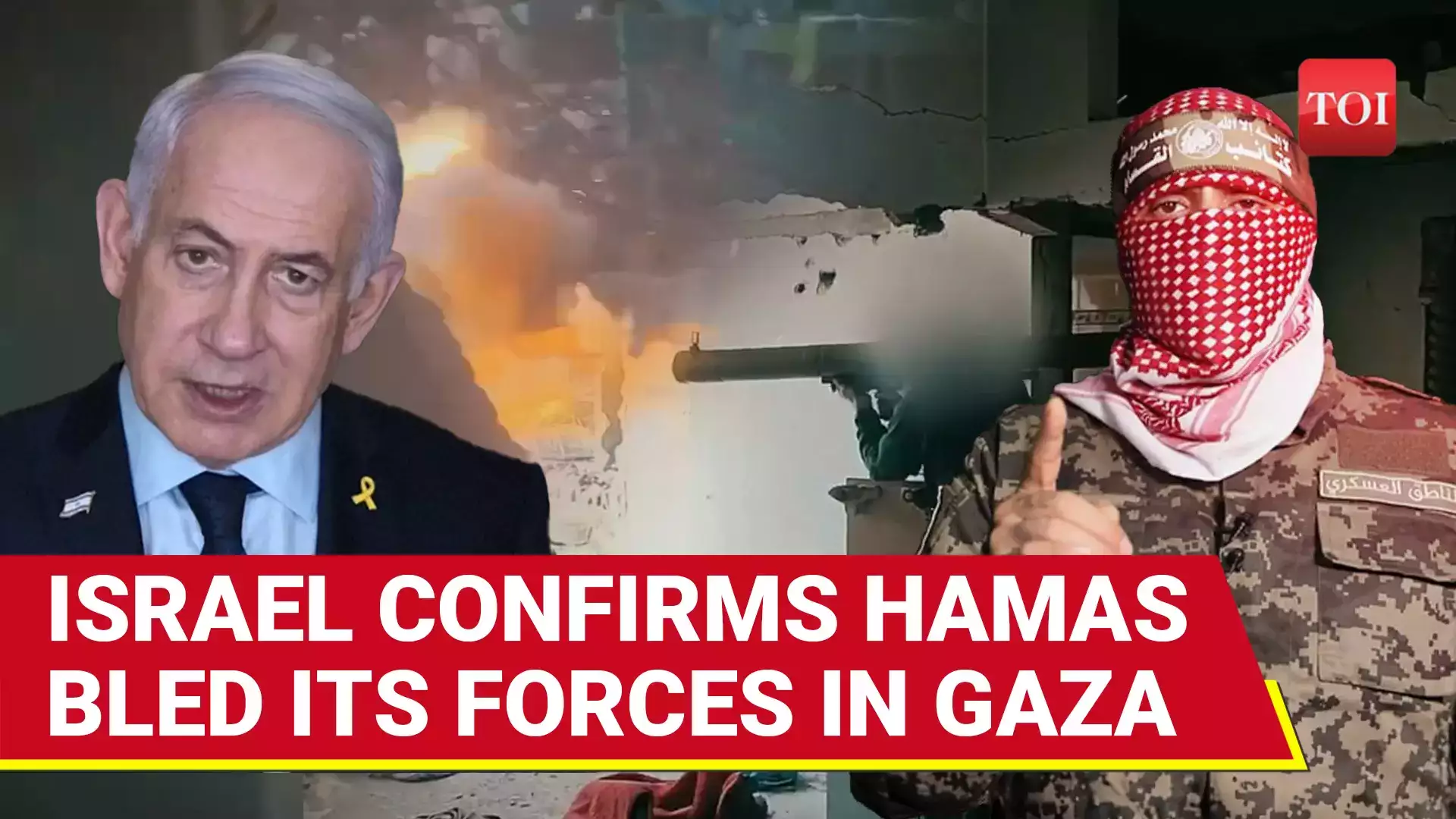The Humanitarian Situation Update is issued by OCHA Occupied Palestinian Territory twice a week. The Gaza Strip is covered on Tuesdays and the West Bank on Thursdays. The Gaza Humanitarian Response Update is issued every other Tuesday. Exceptionally, this week's Humanitarian Situation Update is issued on a Friday covering Gaza. The next Humanitarian Situation Update will be issued on 8 April.
- Since 18 March, the Israeli military issued 13 displacement orders, placing about 126.6 square kilometres, or 35 per cent of the Gaza Strip, under active displacement orders. In addition to this area, the Israeli authorities have requested the UN to coordinate movements to the “no-go” zone along Gaza’s perimeter and through the Israeli-controlled Wadi Gaza area between southern and northern Gaza. Together, these areas comprise 65 per cent of the Gaza Strip. Between 25 March and 3 April, seven displacement orders were issued by the Israeli military, directing residents to leave immediately to known shelters, as follows:
- On 26 March, two displacement orders were issued for areas in Gaza governorate, covering 10.3 square kilometres in seven neighbourhoods. Facilities within the areas slated for displacement include one hospital, two primary health centres (PHCs), one medical point, at least eight functional school structures, and ten temporary learning spaces (TLS), affecting over 10,000 learners.
- On 29 March, a displacement order was issued for Abasan, Al Qarara and Bani Suhaila in eastern Khan Younis, covering approximately 9.6 square kilometres in seven neighbourhoods.
- On 31 March, a displacement order was issued for 22 neighbourhoods in Rafah and Khan Younis governorates, including 97 per cent of Rafah governorate, spanning 64 square kilometres. Facilities within this area include at least nine community kitchens, which have been relocated to Khan Younis, two field hospitals, four PHCs, and seven medical points. Between 31 March and 1 April, an estimated 90,000-100,000 people were displaced from Rafah, and are now scattered in Khan Younis city, Mawasi Khan Younis and Deir al Balah.
- On 1 April, a displacement order was issued for parts of Beit Lahiya and Beit Hanoun in North Gaza covering approximately 5.9 square kilometres in seven neighbourhoods. These include 16,185 people at 39 displacement sites. Other facilities within the area slated for evacuation include two functioning health service points.
- On 2 April, a displacement order was issued for parts of Jabalya, Beit Lahiya and Beit Hanoun in North Gaza covering approximately 5.5 square kilometres in seven neighbourhoods. These include more than 21,000 people sheltering at 34 displacement sites.
- On 3 April, a displacement order was issued for parts of Gaza governorate, covering approximately 9.4 square kilometres in four neighbourhoods. These include more than 2,800 people sheltering at seven displacement sites.
- The shelter situation in the Gaza Strip has worsened due to recurrent displacement orders, severe destruction and the lack of resources. With no aid or other critical supplies entering Gaza for the past month and with limited movement between northern and southern Gaza, shelter and non-food stocks have reached critically low levels, particularly in central and southern Gaza. Since the breakdown of the ceasefire, shelter partners have mainly focused on completing ongoing distributions and responding to urgent referrals from other clusters. In an online briefing with aid groups about the situation in Gaza, the Humanitarian Access Manager at the Norwegian Refugee Council (NRC) stated: “We're seeing the shelter response approaching a complete standstill because we have almost nothing left to distribute despite still seeing these massive forced transfers happening every day, sometimes multiple times a day." He added: “More than a million people remain in dire need of tents in Gaza and 700,000 more require very basic items like plastic sheets and ropes to reinforce their currently inadequate makeshift shelters and the damaged buildings in which they're in … We were in a situation where as many as 10 people at a time are trying to fit inside a single tent, people sheltering in the corridors of crowded school buildings and in the shadows of collapsed buildings as people try to put absolutely anything between themselves and the sky at night. … Most concerningly, many people, with no alternative shelter, are staying in structurally unsound and damaged buildings, where incidents of buildings collapsing on top of men, women, and children continue to be recorded.” Moreover, the operational capacity of Shelter Cluster partners has been significantly affected as local staff have experienced displacement, loss of internet or office access, and in some cases, the loss of their homes.
- As of 27 March 2025, Member States have disbursed approximately US$175.3 million out of the $4.07 billion (4.3 per cent) requested to meet the most critical humanitarian needs of three million out of 3.3 million people identified as requiring assistance in Gaza and the West Bank, including East Jerusalem, in 2025, under the 2025 Flash Appeal for the Occupied Palestinian Territory (OPT). Nearly 88 per cent of the requested funds are for humanitarian response in Gaza, with just over 12 per cent for the West Bank. Moreover, during March 2025, the oPt Humanitarian Fund (oPt HF) managed 110 ongoing projects, totalling $67.6 million, to address urgent needs in the Gaza Strip (89 per cent) and the West Bank (11 per cent). Of these projects, 56 are being implemented by international non-governmental organizations (INGOs), 42 by national NGOs and 12 by UN agencies. Notably, 43 out of the 68 projects implemented by INGOs or the UN are being implemented in collaboration with national NGOs. For more information, please see OCHA’s Financial Tracking Service webpage and the oPt HF webpage.
- UN Office for the Coordination of Humanitarian Affairs
- To learn more about OCHA's activities, please visit https://www.unocha.org/.








